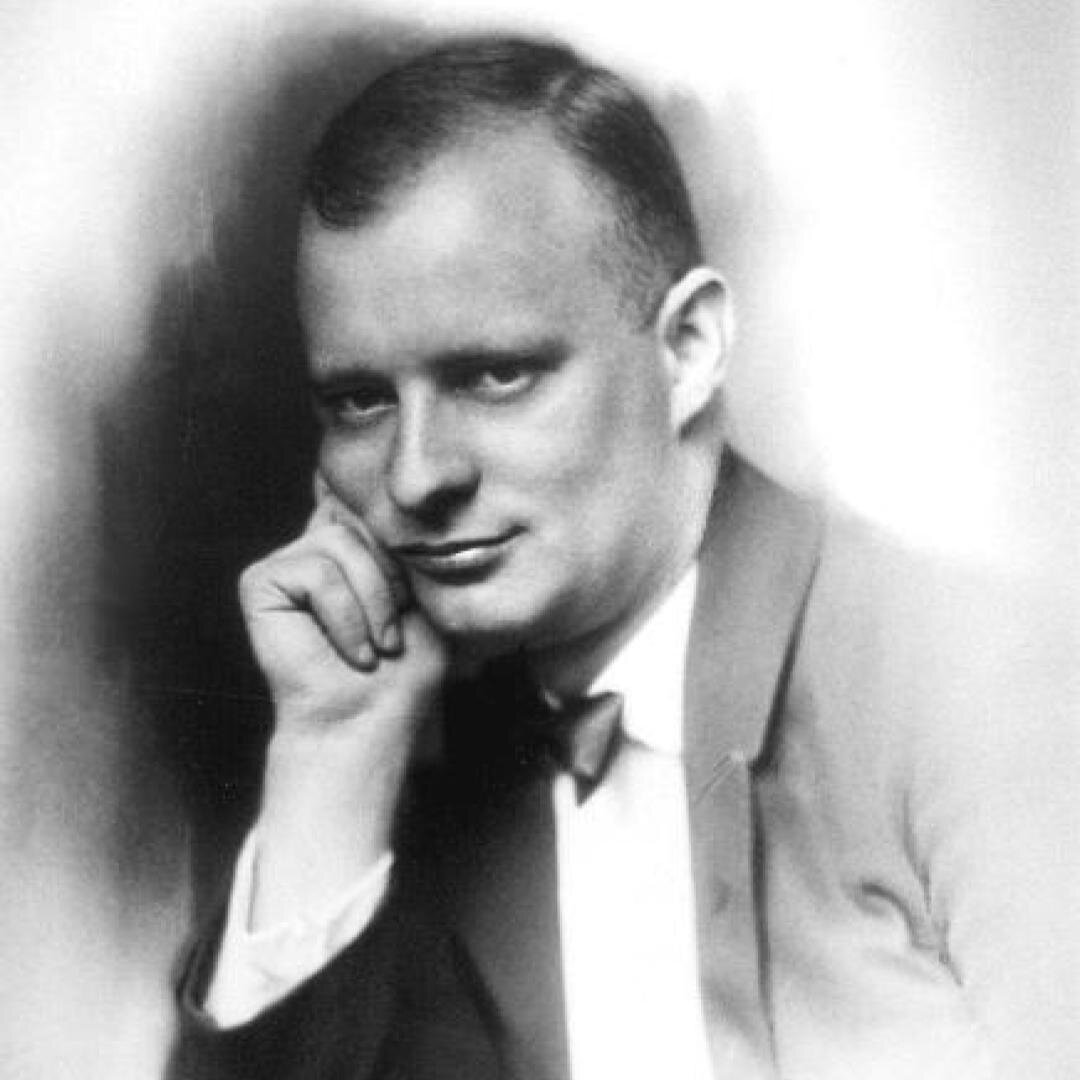Hindemith: Mathis der Maler
Lakeview Orchestra will perform Hindemith’s Mathis der Maler on Tuesday, October 8th at 7:30PM at the Athenaeum Theatre.
Paul Hindemith (1895 – 1963)
Symphony: Mathis der Maler
Aside from being an incredibly prolific composer, Paul Hindemith was a professional grade violinist, violist, and conductor, a noted music theorist, and a teacher who spent 13 years on the faculty at Yale. By the late 1920s, Hindemith had developed a mature compositional style – a style that combined the rigorous contrapuntal craft of J. S. Bach with a neo-tonal harmonic vocabulary and a sort of post-German Expressionist expressive palette.
Between 1933 and 1935, Hindemith composed an opera titled Mathis der Maler, which translates as Matthias the Painter. The opera details the life of Matthias Grünewald (c. 1470-1528), a German painter of religious subjects, and his struggle for artistic freedom of expression in the repressive climate of his day during the Protestant Reformation. Not coincidently, the opera mirrors Hindemith’s own struggle as the Nazis attained power and repressed dissent. Hindemith’s symphony Mathis der Maler is based on themes from the opera, though the symphony was actually composed before the opera was completed.
Cast in three movements, each movement corresponds to one of painted panels that together comprise Grünewald’s famous Isenheim Altarpiece (c. 1515), a work inspired by the religious and political issues leading to the Reformation itself. The work’s obvious political message did not escape the notice of the Nazi government, and in 1934 Hindemith’s music was condemned as degenerate. In December of that year, propaganda minister Joseph Goebbels singled out Hindemith during a speech in Berlin, calling him “an atonal noise maker.” This comment wasn’t a childish tweet from a filthy-mouthed, stubby-fingered, pathological liar from a golf course in Bedminster, NJ. No. This was a very serious threat from an unbelievably cruel sociopath that carried out his party’s campaign policies of white nationalism and anti-immigration.
Initially, Hindemith was convinced that the Nazis would moderate their views and actions – because local government officials and political radio commentators played down the rhetoric from Berlin as simply talk. But of course, the opposite turned out to be true. Hindemith eventually saw the writing on the wall, and in 1938 he resigned his professorship of composition, moving first to Switzerland and then to the United States. Hindemith had by then learned a very valuable lesson: never trust a Nazi – whether in Berlin or Charlottesville, Virginia.
As a new refugee escaping political turmoil in his home country, Hindemith joined a long list of artists and compositional luminaries who, having fled Europe as a direct result of white nationalism, made the United States the artistic capital of the world. This list includes such composers as Igor Stravinsky, Béla Bartók, Arnold Schoenberg, Darius Milhaud, and Kurt Weill.
The three movements of the Symphony: Mathis der Maler are Angelic Concert, Entombment, and The Temptation of Saint Anthony.
Angelic Concert is music inspired by the central painting of the altarpiece, in which a concert of angels serenades the newborn Jesus in Mary’s arms. The music is structured around “Es sungen drei Engel,” a Christmas carol as familiar to German ears as “Hark! The Herald Angels Sing” is to ours. Hindemith states this tune in a manner reminiscent of a Bach chorale, embellishing the melody and symbolizing the various angelic musicians featured in the painting.
Entombment is excerpted from a scene near the end of the opera in which Matthias comes to terms with death. This scene is a musical portrayal of the bottom of the altarpiece, which features Jesus’ body being placed in a tomb after his crucifixion and death.
The final movement, The Temptation of Saint Anthony, depicts Matthias dreaming that he is St. Anthony, as portrayed in the inner right panel of the altarpiece. The other characters in the opera appear to him as tempters, and the temptations with which they present him parallel the conflicts that Matthias has faced throughout the opera. As he struggles to resist, the music becomes increasingly tense, until Mathis is rescued by the appearance in the woodwinds of an old hymn tune, “Lauda Sion” (“Give praise to your Savior, Zion!”). The brass answer the chorale with jubilant hallelujahs, and the symphony ends in a triumphant affirmation of the power of art to battle evil and provide hope and salvation.
Program Notes by Luke Smith.
Lakeview Orchestra will perform Hindemith’s Mathis der Maler on October 8th, 2019: See What You’ve Been Missing >>>

